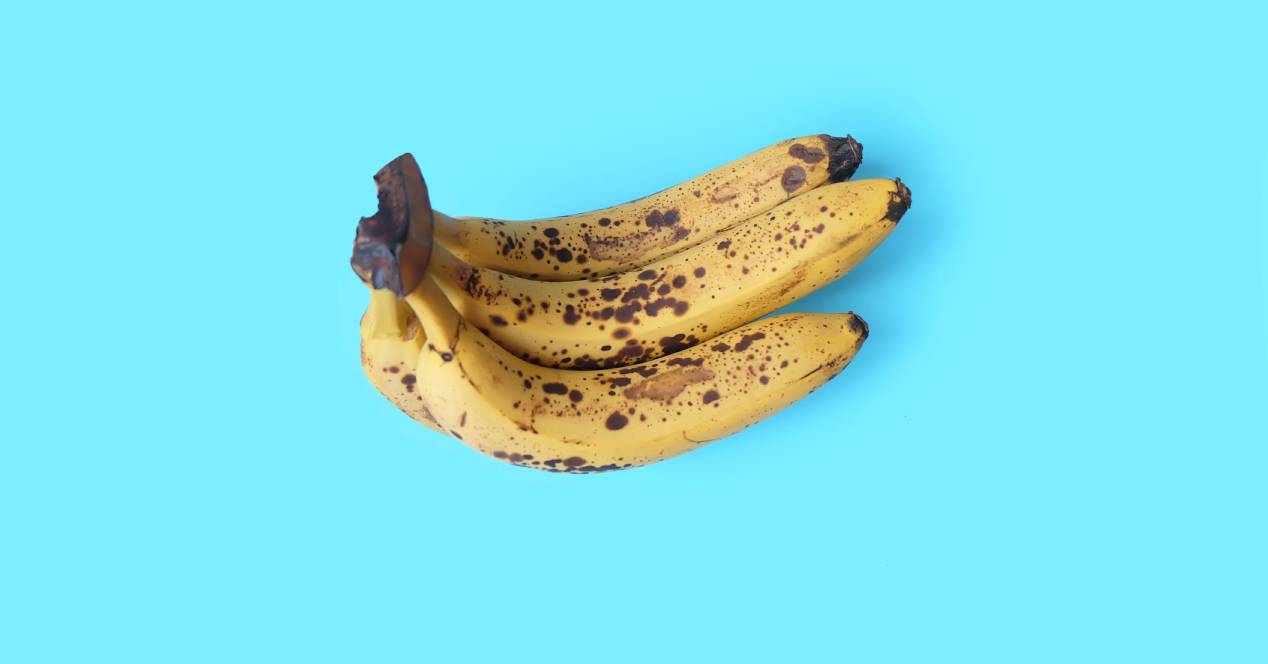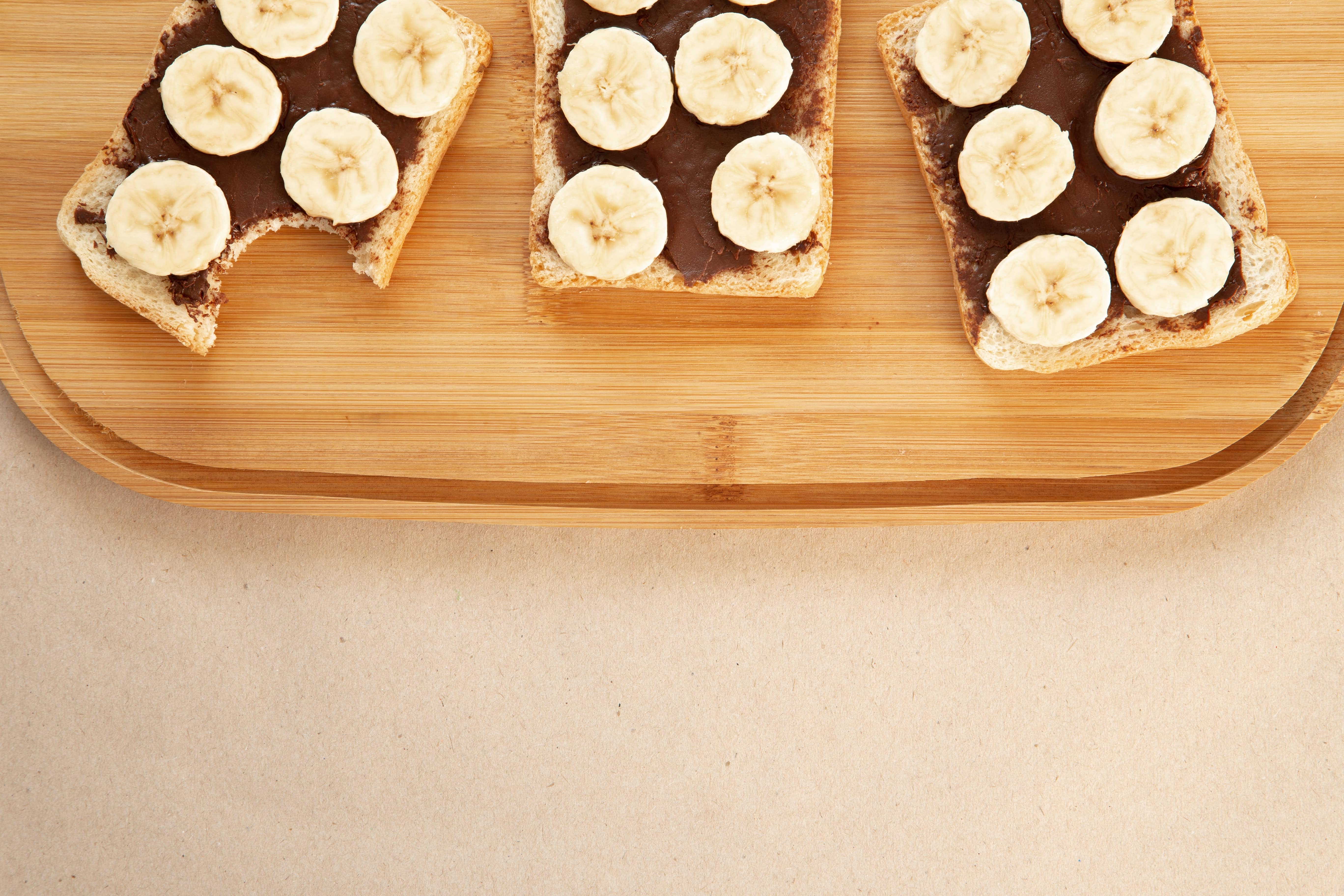
Plantains change in flavor and appearance as they ripen. But do they also change their nutritional content? As they go from green and firm to yellow and soft, do they lose some of their fiber content?
Not exactly, they don't lose fiber, but it does change as the ripe banana. It goes from having a more resistant starch to one less. Resistant starch is a type of prebiotic fiber found mainly in foods like cereals, potatoes, bananas, and beans. As the name implies, these starches resist breaking down in the digestive tract. This allows them to remain intact until they reach the large intestine, where they can be used as fuel for the good bacteria in our gut.
fiber does change
As a banana ripens, its carbohydrate structure breaks down from prebiotic fibers and pectin to sugar. For example, a totally green banana contains more than 3 grams of fiber, while an overripe banana has less than 2 grams of fiber. The amount of total carbohydrates in a banana remains constant, regardless of its level of ripeness. But the change in fiber content can be attributed to the transformation of its carbohydrates as it matures. The values of other nutrients, such as potassium, vitamin C, protein and fat, remain constant at any stage of maturity.
Another thing that changes as a banana ripens is the factor of satiety. This means that eating a ripe banana versus eating a greener one can have different effects on your appetite. A super ripe plantain is perfect for baking. But less ripe bananas are recommended to get more of that prebiotic fiber. Prebiotic fiber has a satiety effect, making us feel fuller for longer. That being said, fully green plantains may not taste as appetizing as ripe plantains, so we'll be looking for a middle ground. If a banana is past its prime, it might be better suited for banana bread than snack time.

Greens have more fiber
And while the sugar content may seem high, the glycemic index of ripe bananas actually scores a low 51, while the slightly immature fruit (yellow with some green sections) scores an even lower 42. This means that bananas will help maintain blood. more consistent sugar levels (compared to higher GI foods), while prevent large spikes and dips.
This could be due to the amount of resistant starch in the fruit, which moves through the small intestine without much absorption into the bloodstream. Bananas are therefore a good food option for people with diabetes or others trying to control their blood sugar levels.
Many of us may think that bananas must be completely yellow when we eat them. But bananas are healthy and safe to eat at any stage of their development. The next time we look for one, we must remember that a banana that is a little green may have a little more fiber gut-friendly than one that is fully ripe or overripe (those might be better for one of our healthy banana dessert recipes).